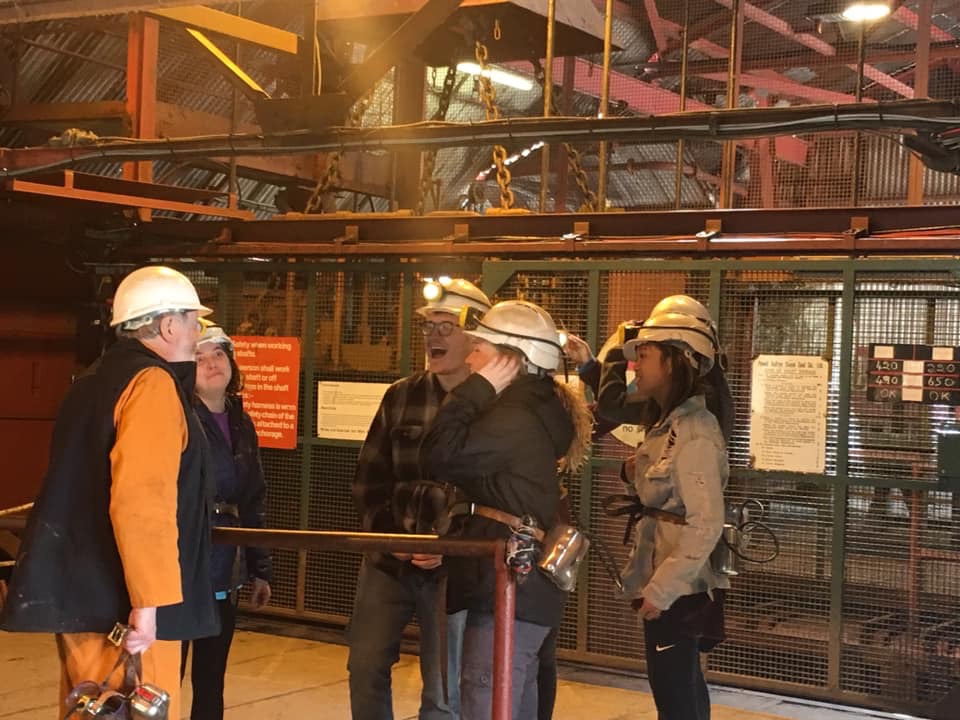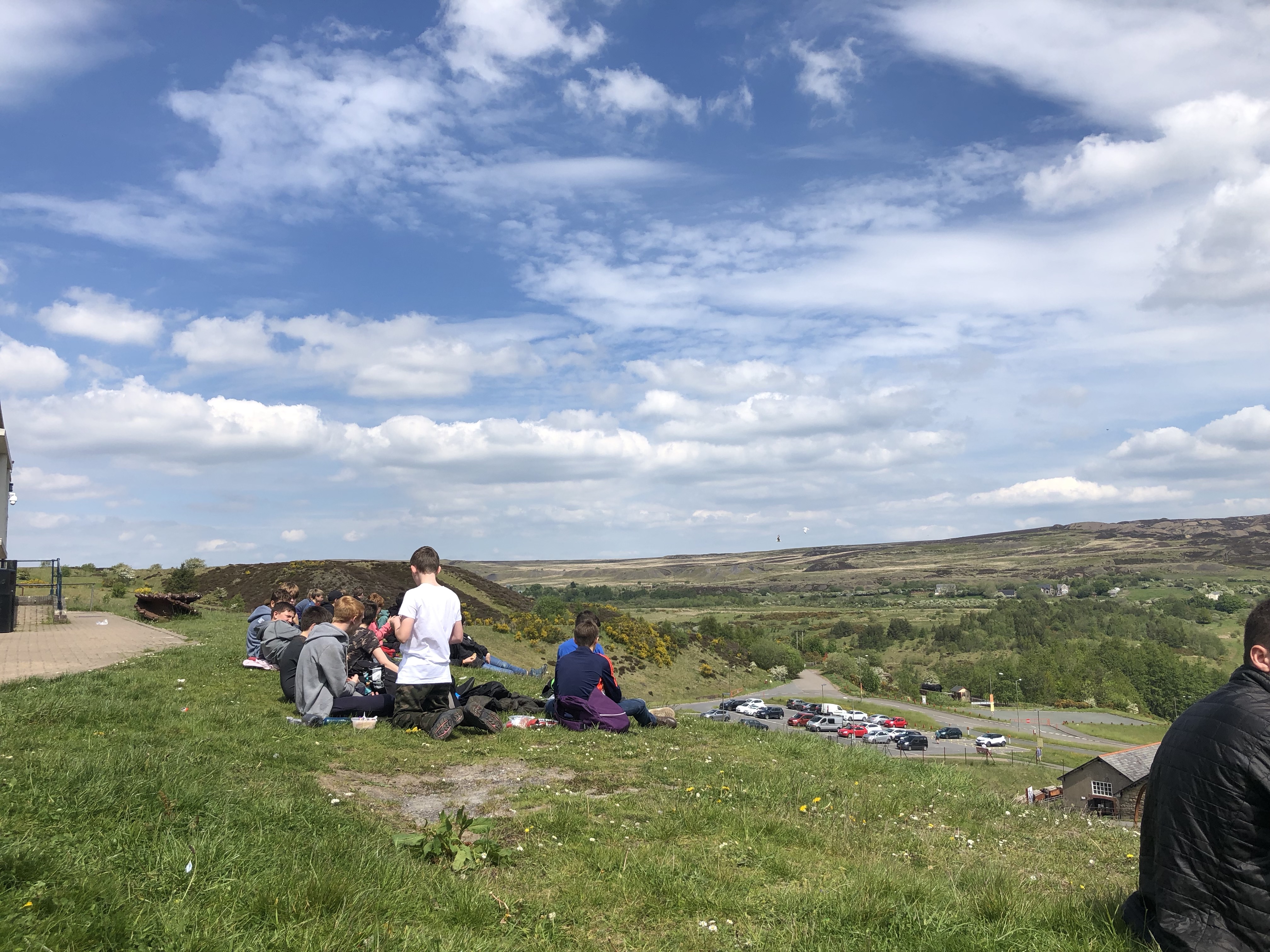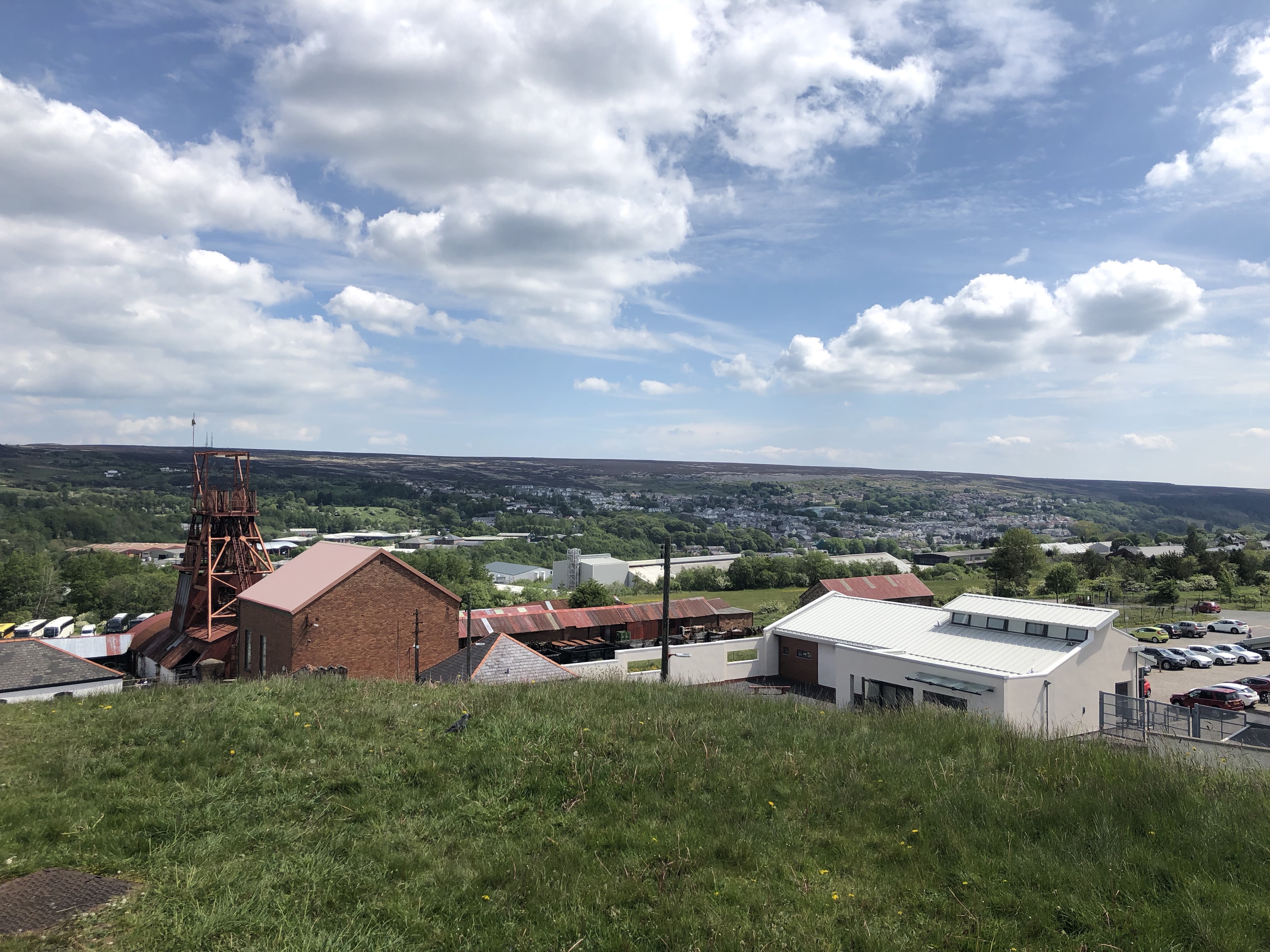The Big Pit is an industrial heritage museum in Blaenavon, Torfaen, South Wales. The mine ran from the years 1880 to 1980 and it was owned by the Blaenavon Iron and Coal Company as part of the Blaenavon Ironworks industry. The mine included the existing Coity colliery as well as the old Kearsley’s pit that sunk in 1860. Then in 1878, the main shaft was deepened to reach the Old Coal seam at 293 feet making it the first mine shaft to allow two tramways. Therefore, this is where the mine gets its name “Big Pit” due to its oval shape with dimensions of 18 feet by 13 feet.
Everything done at the mine before the year 1908, when the conveyor became a piece of popular mining equipment, was done by man power. The Big Pit provided employment for 1,122 people. Before the Mines Act of 1842 both men and women, as young as 6 years of age, would be found working at the mine. In the early days of the mining industry, candles were the only resource for light. However, if the candle went out, they were not given a spare match therefore would be stranded in the darkness. I could hardly imagine being a 6-year-old working the channel alone and having my candle go out; must have been a nightmare! Women would be used mainly to pull the carts of coals, as the men would follow behind. They would be strapped in like a horse and forced to crawl on all fours throughout the dirty mine channels. However, after the Factory Acts of the 1830s women were no longer allowed to work in mines and boys had to be 10 years old before they started work. Once they got rid of women, ponies were used to pull the coal around. Horses had to be 10 years old before working down in the mins. They had stalls built underground where the horses would be chained up. Meaning they would have to pee and poo in those areas and the boys would have to clean it up. Not only did the horses do their business in the mines but so did the workers.
After the pit closed in 1980, Torfaen Borough Council bought the site for £1 and it was given to a charitable trust called the Big Pit (Blaenavon) Trust to manage the conversion to a heritage museum. The mine reopened for visitors in 1983 and created 71 jobs. However, business was not good until the early 2000s when the Heritage Lottery Fund grant of 2000 was donated, the Blaenavon industrial area deemed as a World Heritage Site by the UNESCO in 2000, and the transition of the museum to the National Museum Wales, now known as “Big Pit: National Coal Museum” thus making admission free in 2001; did the mine turn into what it is today.
Now as you can see from the pictures, once a place of misery and suffering, is now a place of curiosity and excitement. As I walked around the grounds, I could not but imagine what it was like during the time it was operating. I thought it ironic how my own surroundings of the birds chirping, children laughing, and sun shining made this place a much happier and vibrant atmosphere. But to picture what everything would have looked and sounded like for the miners who worked here every day is a petrifying thought. I believe what Wales has done to create this mine as a national museum is so important for the Welsh citizens to learn about their own cultural heritage, as well as invite people from all over the world to learn about the mining industry. The experience of being down 90 meters underground, walking hunched over in the old channels is something I will never forget. (They would not let anything electrical down in the mine tunnels so that is why I have no pictures, sorry for the inconvenience. Guess you all have to go see them yourself!).
-Katriona Hajduk
Fun Fact: The Blaenavon Cheddar Company, a local cheese company, ages its Pwll Mawr (Big Pit) cheddar at the base of the Big Pit mine shaft.




